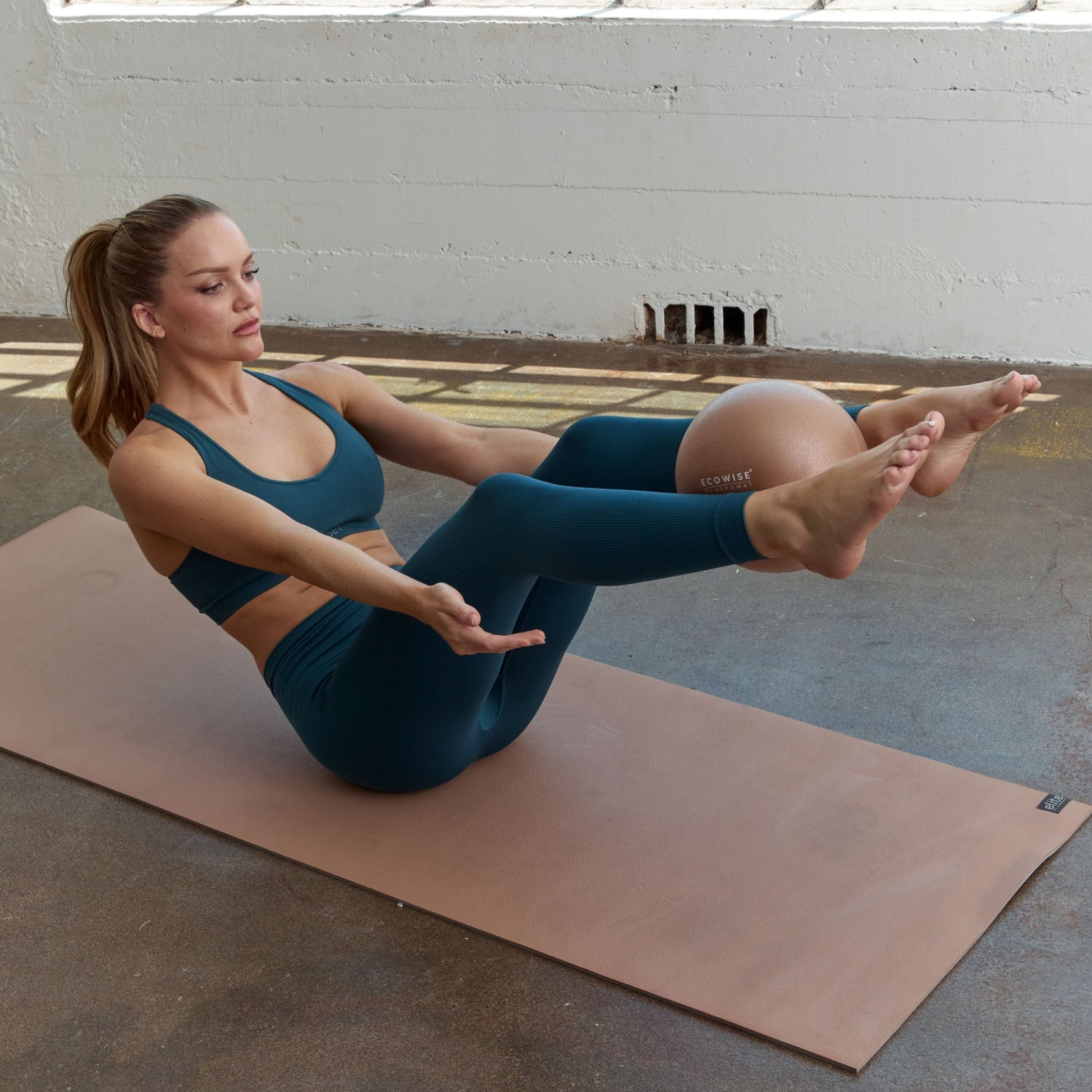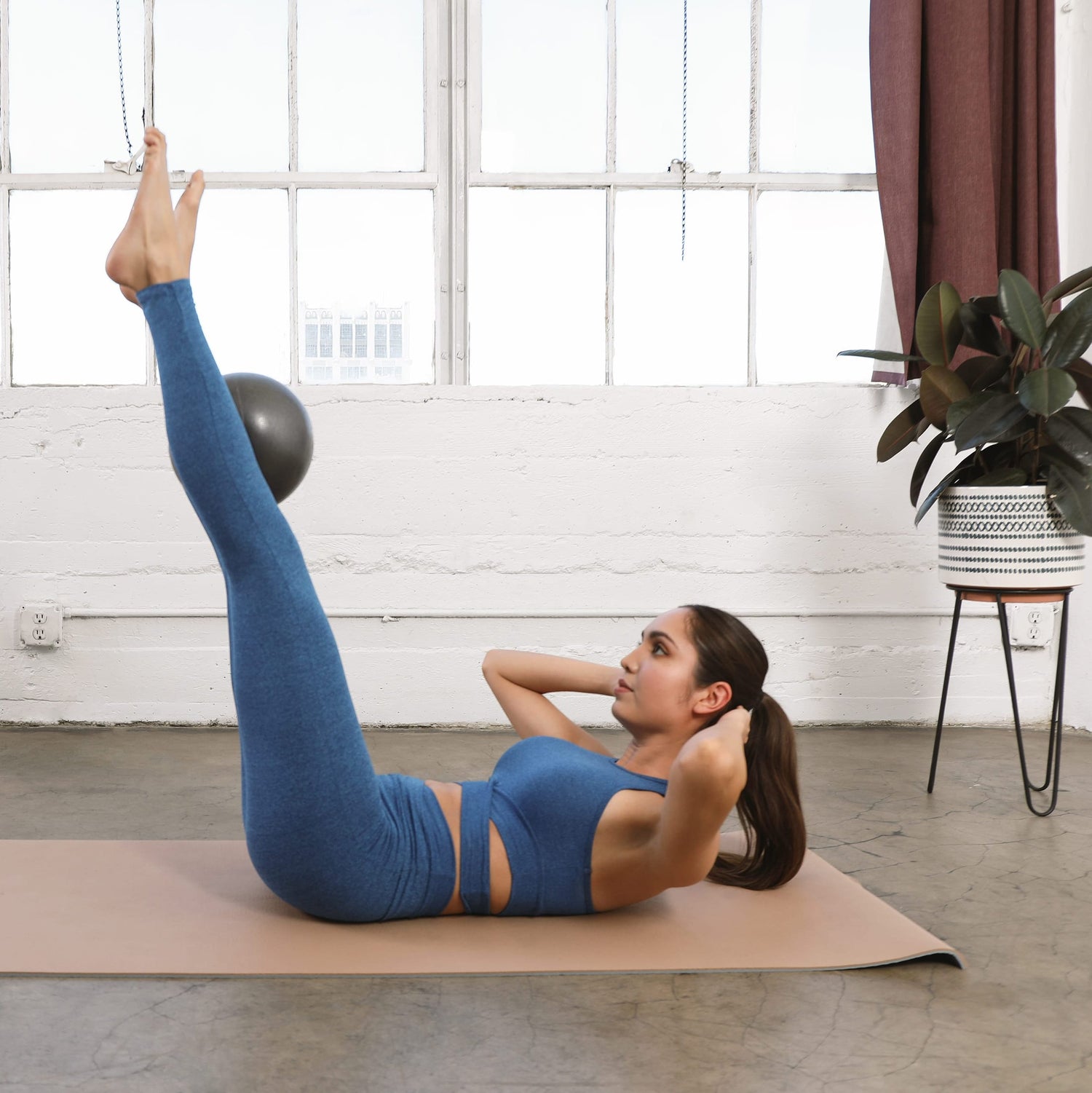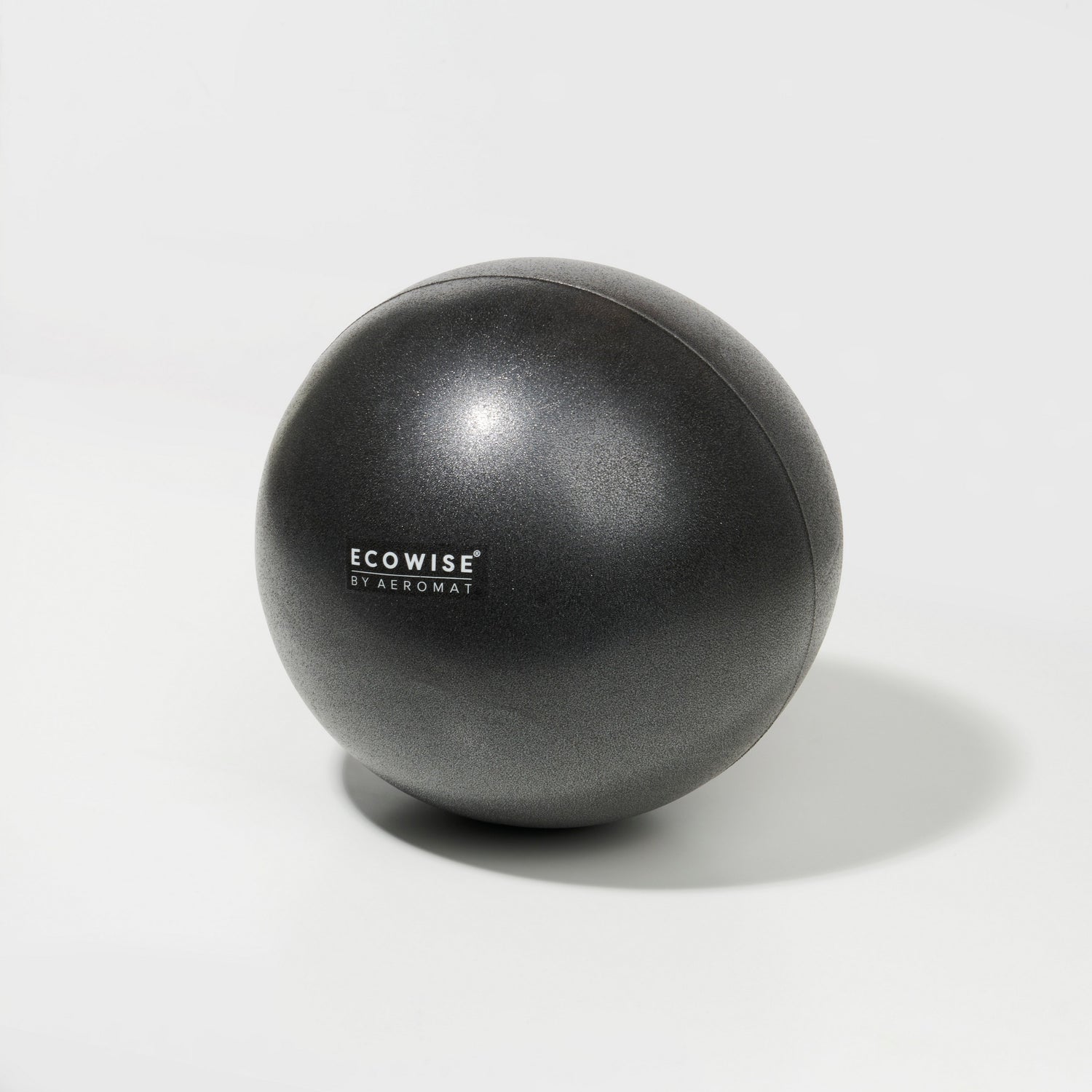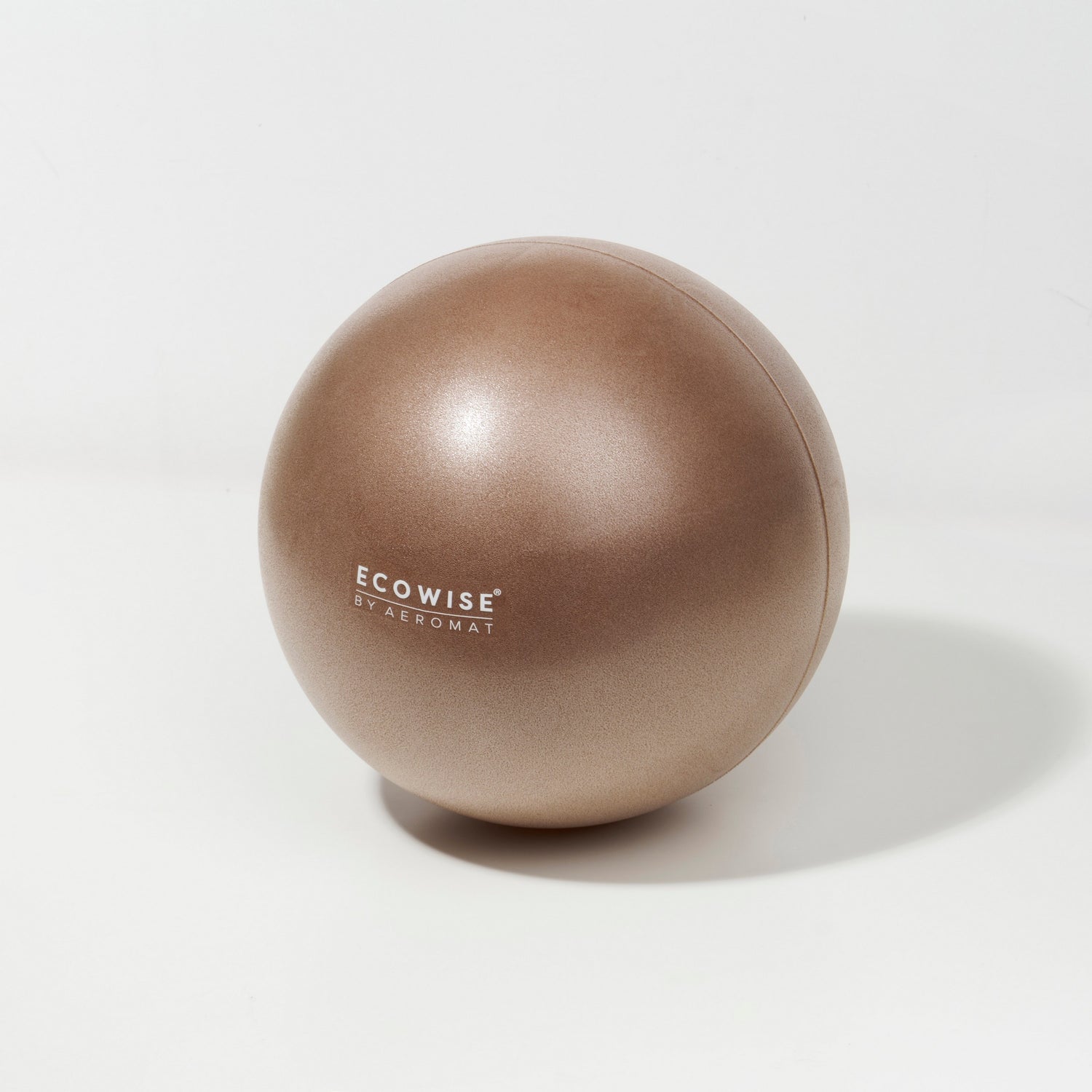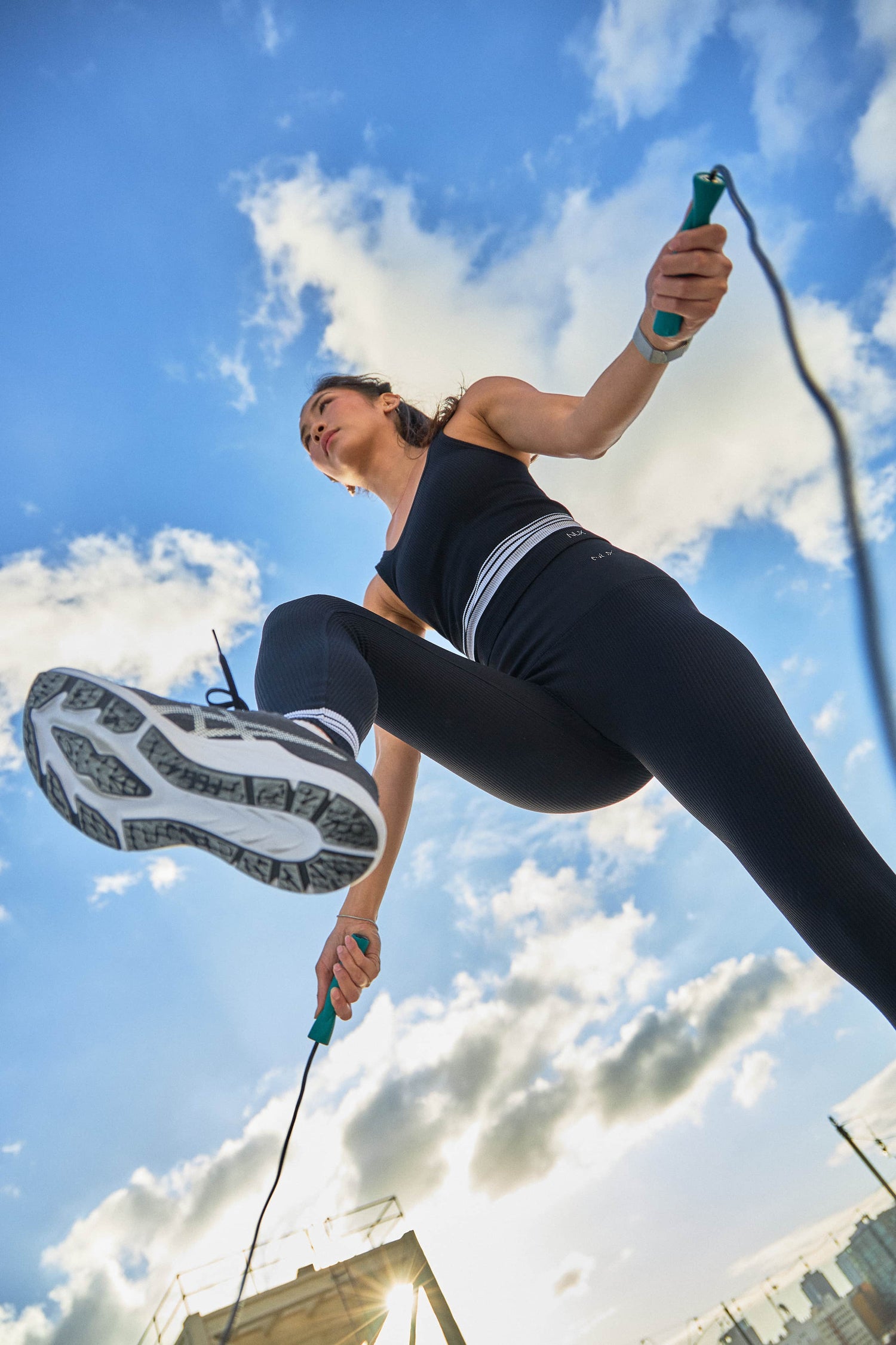Yoga blocks often get labeled as props just for beginners or people who lack flexibility. However, these versatile tools can reshape the scene of any yoga practice, whatever your experience level. Understanding yoga block uses and incorporating exercises with yoga block can significantly enhance your practice.
Yoga block exercises add much more value than simple modifications to your routine. Your practice gains stability in standing poses and deeper stretches during floor work. The blocks help you arrange your body properly and develop strength. Exercises with yoga blocks can discover the full potential of your practice, whether you're just starting or have years of experience.
This piece covers seven yoga block exercises that will make your practice stronger. You'll learn everything from basic techniques to advanced modifications and how to use yoga blocks effectively, including yoga poses with blocks and ways to use yoga blocks for deep yoga stretches.
Understanding Yoga Block Fundamentals

Let's explore yoga block fundamentals. The right tools are vital to get the most out of your yoga block workout. Here's everything you need to know about these props that are a great way to get support at any practice level, including how to use yoga blocks for various purposes.
Types of yoga blocks and their uses
Yoga blocks come in three main materials. Each type has its own special features:
- Cork Blocks: Cork yoga blocks give you natural grip and firmness. They weigh between one and two pounds and provide excellent stability for standing poses and inversions.
- Foam Blocks: These light foam blocks work great for restorative yoga with blocks and body support during deep stretch yoga poses.
- Wooden Blocks: You'll find these are the most durable. They typically weigh 1.5-2.5 pounds and work best for advanced balance work and arm balances.
Most practitioners do well with standard 9 by 6 by 3 inch blocks. Your hand size and flexibility level should guide your choice of blocks.
Benefits of incorporating blocks in practice
Blocks bring several advantages to your yoga practice:
- Better Accessibility: The blocks help you reach the floor more easily in challenging poses, making them ideal for beginner yoga block stretches.
- Improved Alignment: Your body's alignment stays true in poses, enhancing body awareness.
- Injury Prevention: You won't overreach or strain yourself, promoting joint mobility and muscle activation.
- Strength Development: Simple poses become more challenging, improving overall strength and flexibility.
Basic principles of block alignment
Block exercises need proper alignment principles. These props work as extensions of your arms. They create space and help maintain good posture. Placing your hands on blocks during standing poses like Triangle or Side Angle helps keep your body aligned naturally without strain, promoting spinal extension and shoulder opening.
Block placement needs to be stable. This creates a solid base that lets your spine align naturally and helps you breathe comfortably. This setup helps you identify whether what you feel is good for your practice or might cause problems, enhancing overall body awareness.
Essential Standing Poses with Blocks

Let's look at ways blocks can improve our standing poses to build strength and stability in our yoga practice. These changes will help us balance better and arrange our bodies correctly, exploring various yoga block positions.
Modified warrior sequences
Our yoga block workout starts with Warrior II. Putting a block under the front foot challenges hamstring flexibility and hip strength. For Crescent Lunge, blocks between our hands involve core muscles and move more weight into the front leg. This change builds strength while keeping us stable and can help deepen poses.
Balance poses with block support
Blocks give crucial support that builds confidence in balance poses. Tree Pose becomes more effective when we put a block under the standing foot. This activates stabilizer muscles in the foot, calf, and leg. We suggest placing hands on two blocks at their highest setting for Half Moon Pose. This keeps arms vertical and lets us focus on proper form without losing balance, enhancing overall posture modification.
Standing split variations
We found several ways to work with Standing Split using blocks. Beginners should place blocks under their hands to bring the floor closer for support. These variations help us progress:
- Hands on blocks in front of the standing leg
- Practice against a wall to stretch deeper
- Adjust block positions to increase height gradually
Note that your standing leg must stay strong and active during these variations. The pose deepens when you slightly bend the standing leg, lift the raised leg higher, then straighten the front leg again, promoting hamstring flexibility and pelvic floor engagement.
Core-Strengthening Block Exercises
Let's target our core strength with yoga blocks and build on the stability we've developed in our standing poses. These block-supported exercises are a great way to get new challenges that strengthen our center and improve overall muscle activation.
Block-supported plank variations
Blocks make our plank work more interesting. We start with the High Plank by placing blocks at their lowest height under our hands. This position helps us line up our shoulders correctly and involves our core muscles deeply. Here are the key plank variations:
- Block Between Thighs Plank: A squeeze of the block activates our inner thighs and stabilizes the pelvis
- Flying Plank: We hold one block in hand and thread it under our body to challenge core stability
Core activation techniques
Blocks help us heighten our awareness of positioning through conscious contraction. The mat work requires us to press our lower back down gently while keeping neutral spine alignment. This approach prevents strain and maximizes core engagement, promoting overall body awareness.
Ab-focused block movements
Our ab sequence has several powerful movements. The Dead Bug starts the routine as we squeeze the block between our elbow and knee for intense core activation. Russian Twists with the block target our obliques. The Block Between Thighs exercise during leg raises strengthens our inner thighs and pelvic floor.
Time under tension is a vital part of these exercises. We work in 2-minute intervals with 30-second rest periods. Each movement requires complete control as we generate power from our core instead of momentum, enhancing overall muscle activation.
Floor-Based Block Sequences

Let's move to the floor and find how blocks can make our practice deeper while you retain control of safety and proper arrangement. These floor-based yoga block exercises are a great way to get both challenge and support based on what we need, including deep yoga stretches and flexibility yoga block stretches.
Hip-opening exercises
Our hip-opening sequence starts with Supta Baddha Konasana (Reclining Bound Angle Pose). We place blocks under each thigh to support. This modification lets our inner thighs and hips release naturally without strain. These poses will improve everything in hip opening:
- Half Pigeon with block support under the bent leg's hip
- Butterfly with blocks under knees to open more gently
- Reclined Bound Angle with block support that creates deeper release
Spinal twist modifications
Blocks help us approach spinal twists with awareness to maintain proper arrangement. A block under the bottom knee prevents lower back strain during Supine Spinal Twist. Our pelvis's slight movement reduces pressure on the lower back and sacrum during seated twists, promoting spinal extension and joint mobility.
Restorative poses with blocks
Our restorative yoga with blocks practice requires holding poses between two to ten minutes. This creates deep release and relaxation. Fish Pose starts with one block at medium height under our shoulder blades and another block supporting our head. This setup expands our torso and ribcage to create space that allows deeper breathing and chest expansion. Supported Bridge needs careful block placement under our sacrum. This releases hip flexors while providing gentle back extension, making it an excellent pose for backbends.
Browse Yoga Accessories from Aeromat/EcoWise
We've tried various block exercises and discovered how the right support gives you better stability in standing poses. Your core muscles work harder, and floor poses become more comfortable. Each change we suggest helps you find the perfect position and build strength safely.
Good equipment makes all the difference in your results. That's why we recommend Aeromat® and EcoWise® - trusted lifestyle brands with decades of experience making high-quality fitness products. Explore our collection of yoga accessories today, where you'll find an array of yoga blocks to elevate your practice to the next level!
FAQs
How many yoga blocks do I need for my practice?
For most practitioners, two yoga blocks are sufficient. This allows for versatility in various poses and modifications. If you're setting up a yoga studio, plan for two blocks per student to ensure everyone has adequate support for their yoga block stretches.
Can yoga blocks help improve my strength?
Yes, yoga blocks can significantly enhance your strength. They can be used to increase the challenge in basic poses, activate core muscles more effectively, and provide support for building strength in standing poses and balance exercises.
Are yoga blocks only for beginners?
No, yoga blocks are beneficial for practitioners of all levels. While they can make poses more accessible for beginners, they also allow experienced yogis to deepen their practice, improve alignment, and explore more challenging variations of familiar poses, including inversions and arm balances.
How can I use yoga blocks for core strengthening?
Yoga blocks are excellent tools for core strengthening. Try incorporating them into plank variations, such as holding a block between your thighs in plank pose. You can also use blocks for exercises like Russian twists or to intensify core engagement in poses like Dead Bug.
What are some restorative poses I can do with yoga blocks?
Yoga blocks are great for restorative practices. Try Fish Pose with blocks supporting your upper back and head, or use a block under your sacrum in Supported Bridge Pose. These positions allow for deep relaxation and gentle stretching, held for several minutes at a time, promoting overall body awareness and meditation.

